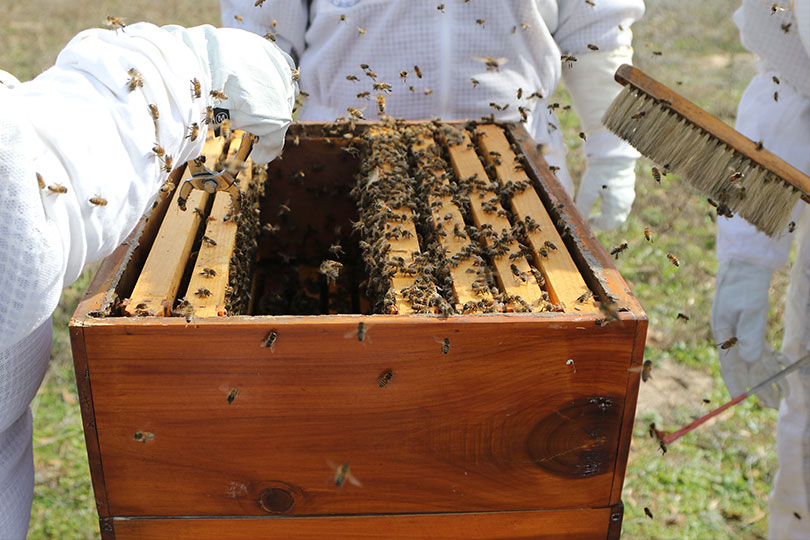By Jennifer Dorsett
Field Editor
National Pollinator Week, set this year for June 22-28, celebrates the native pollinators who play a critical role in crop production.
Thirteen years ago, the U.S. Senate unanimously designated the third week in June as National Pollinator Week to increase awareness about the importance of bees, birds, butterflies, bats and beetles and the challenges many face including serious population declines and habitat losses.
Farmers, ranchers, private landowners and conservationists work to create and maintain habitat for these natural partners, who help them be good stewards of the land.
Three-fourths of the world’s flowering plants and about 35 percent of the world’s food crops depend on animal pollinators to reproduce, according to the U.S. Department of Agriculture (USDA) Natural Resource Conservation Service (NRCS).
And crop pollination is a big business. In the U.S., pollination produces nearly $20 billion worth of products annually. Inadequate pollination will reduce yields, produce inferior flavors and can cause small, misshapen fruit to form, according to the Pollinator Partnership.
NRCS offers technical and financial assistance to help landowners manage habitats for monarch butterflies, honeybees and other pollinator species.
Through the Environmental Quality Incentives Program (EQIP), Conservation Stewardship Program (CSP) and Agricultural Conservation Easement Program (ACEP), farmers and ranchers can help improve pollinator habitat by planting cover crops or native plants, managing wetlands and grasslands and enhancing conservation efforts.
The Conservation Reserve Program (CRP), administered by the Farm Service Agency, can also be used to enhance habitat to protect pollinators.
Click here for more information on NRCS programs.
To learn more about pollinators and to find resources on creating pollinator-friendly environments, visit pollinator.org.

